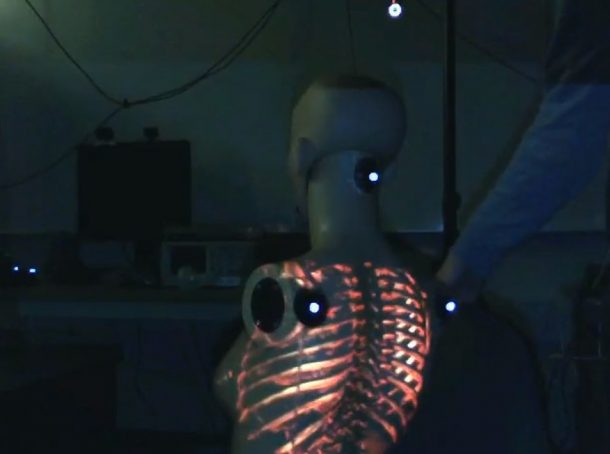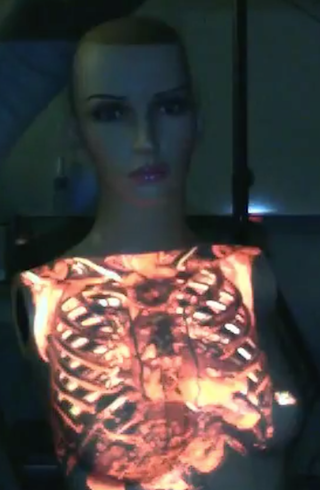The very first X-ray that was taken over a century ago, the medical field has developed a lot since then and the medical imaging technology in use today is very impressive. Using the technology, clear pictures can be taken of all the internal organs of a patient including structures and systems that are present. Those images can show doctors all that is happening inside and using that, doctors can make a diagnosis or suggest treatments that will not need to cut into patient’s skin.

Recently, the advancement made in the medical imaging technology has enabled the doctors to not only capture stills of the patient but also to see the moving images. This allows seeing more than just the static moment. They can see all the organs and systems in the working state. The researchers at the University of Alberta are using this augmented reality (AR) to enhance the working of traditional scans.

With the ProjectDR, a doctor can see a patient’s medical image like a CT scan and it is projected directly on the patient’s body. This allows physicians to look at the scans according to the context of the patient’s body. ProjectDR also has motion-tracking capabilities. When the scan is displayed on the outside of the body, infrared cameras, and markers placed on the patient’s body make adjustments as the person moves around. This keeps the scans synced with the underlying anatomy.
Ian Watts and Michael Fiest, are the two students who developed the project. Watts explained that the project’s combination of AR and medicine has many potential applications. This includes teaching, physiotherapy, laparoscopic surgery, and even surgical planning. The team is working to refine the technology. Their goal is to enable the doctors to see only some specific segments of the body. They are also working to improve the tech’s calibration and they will add more features like depth sensors that will help in improving the accuracy.
ProjectDR will be included in surgical simulations to see how useful the tech can be. If it passes the test in a simulated operating room, it will be moved to pilot studies in a real operating room. So that any doctor who wants to make use of it will have the opportunity to use the AR-assisted, and can have the inside-outside view provided by it.
Pretty cool, isn’t it?


